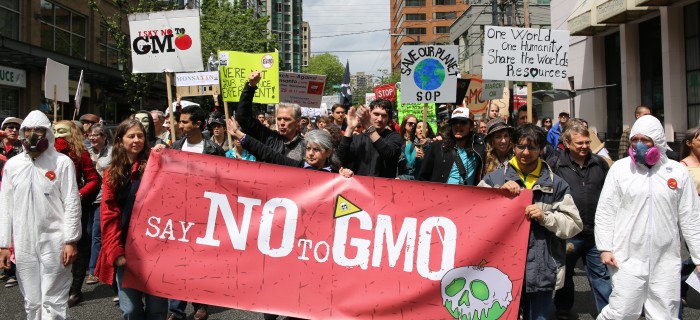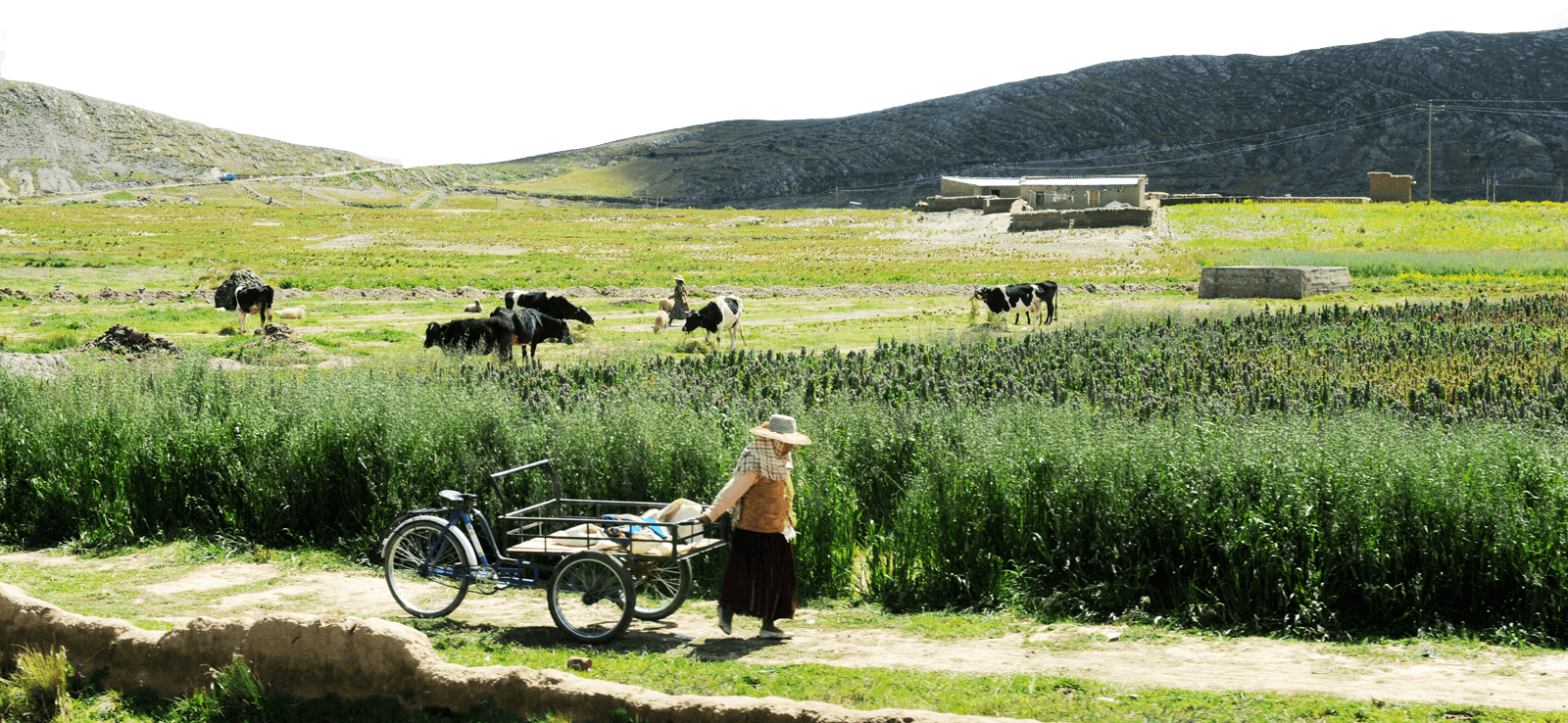GM Labeling in California: The right to know vs. the right to impose
By Oliver James
This November, Californians vote on Proposition 37, “The Right to Know Genetically Engineered Food Act,” on whether to label food made with genetically modified ingredients. For the first time, GMO labeling will be posed directly to the electorate. And since California’s food policy affects what’s on people’s plates almost everywhere, massive market shares (and profits) are on the line.
Monsanto’s third-quarter earnings are up 35% this year, driven by its GE corn and soybean portfolios. 85% percent of the corn and 90% of soybeans grown in the U.S. are GE, and the vast majority of the GE seed market belongs to Monsanto (the remainder mainly to DuPont). Their profits this year are due to the fact that more corn acreage was planted in America this year than at any other time since 1937. Meanwhile, seed prices are up 135% since 2001 and Monsanto projects another 10% seed price hike for 2013.
For the first time, GMO labeling will be posed directly to the electorate. And since California’s food policy affects what’s on people’s plates almost everywhere, massive market shares (and profits) are on the line.
Farmers would benefit from more competition in the seed industry—particularly, non-GMO seed. But Monsanto’s patented seeds and herbicides are currently the first and last resort.
Corn and soy are the building blocks of many processed foods. By controlling the corn and soy market, Monsanto’s GM ingredients are in nearly everything we eat; up to 75% of what’s on supermarket shelves in the U.S. according to the Grocery Manufacturers of America.
Monsanto’s Roundup-ready corn and soy genes in the U.S. processed food supply—as well as the Round Up glyphosphate weed killer and Bt pesticide—are in meat, cereals, sweeteners, soft drinks and processed foods. Nearly 100% of the non-organic, processed items that contain corn- or soy-based additives found in supermarkets (items often labeled ‘natural’ foods) would require GM labeling. None are currently labeled as such.
Also in this issue of News & Views:
Stay in the loop with Food First!
Get our independent analysis, research, and other publications you care about to your inbox for free!
Sign up today!- “World Food Day Versus Food Day: Why are There Two?” by Katherine Lupo


 Help Food First to continue growing an informed, transformative, and flourishing food movement.
Help Food First to continue growing an informed, transformative, and flourishing food movement.




